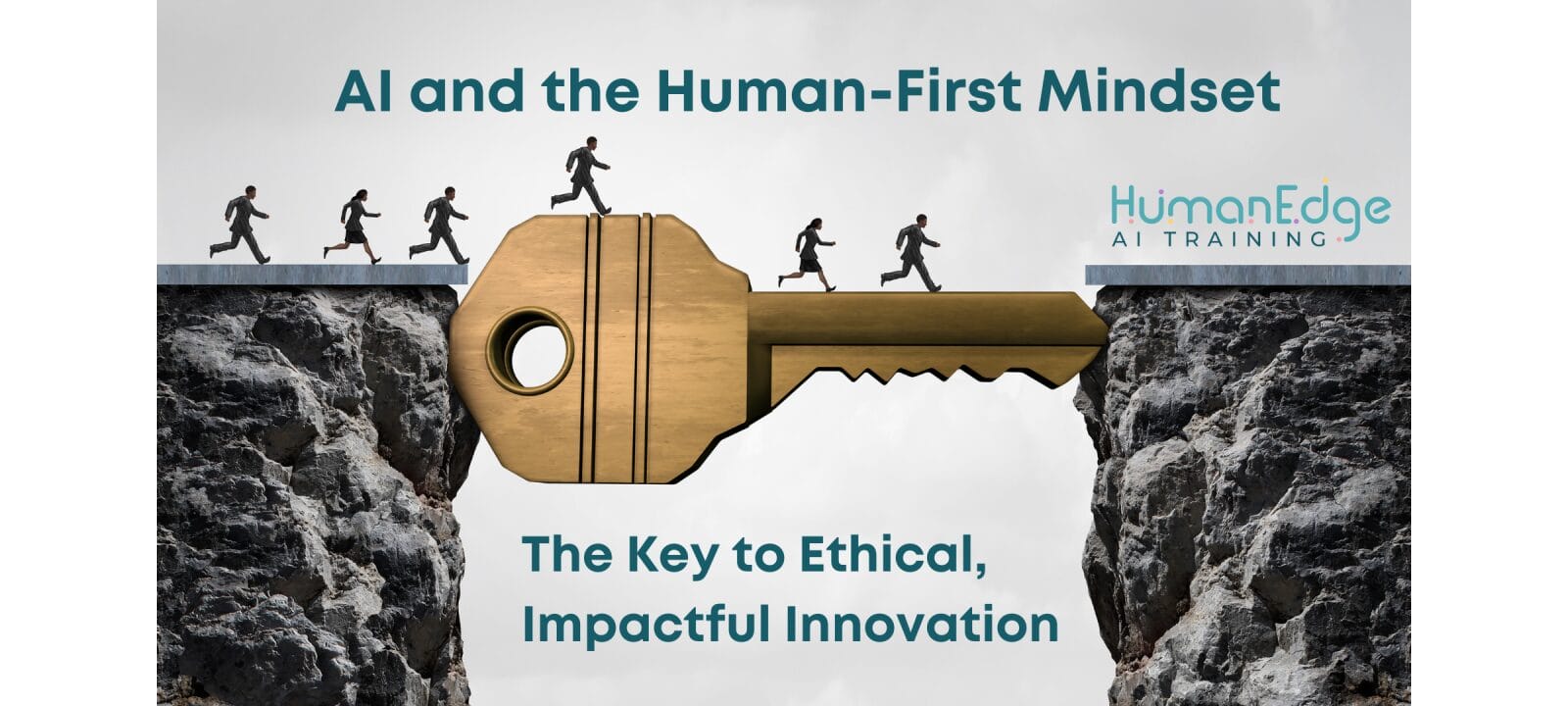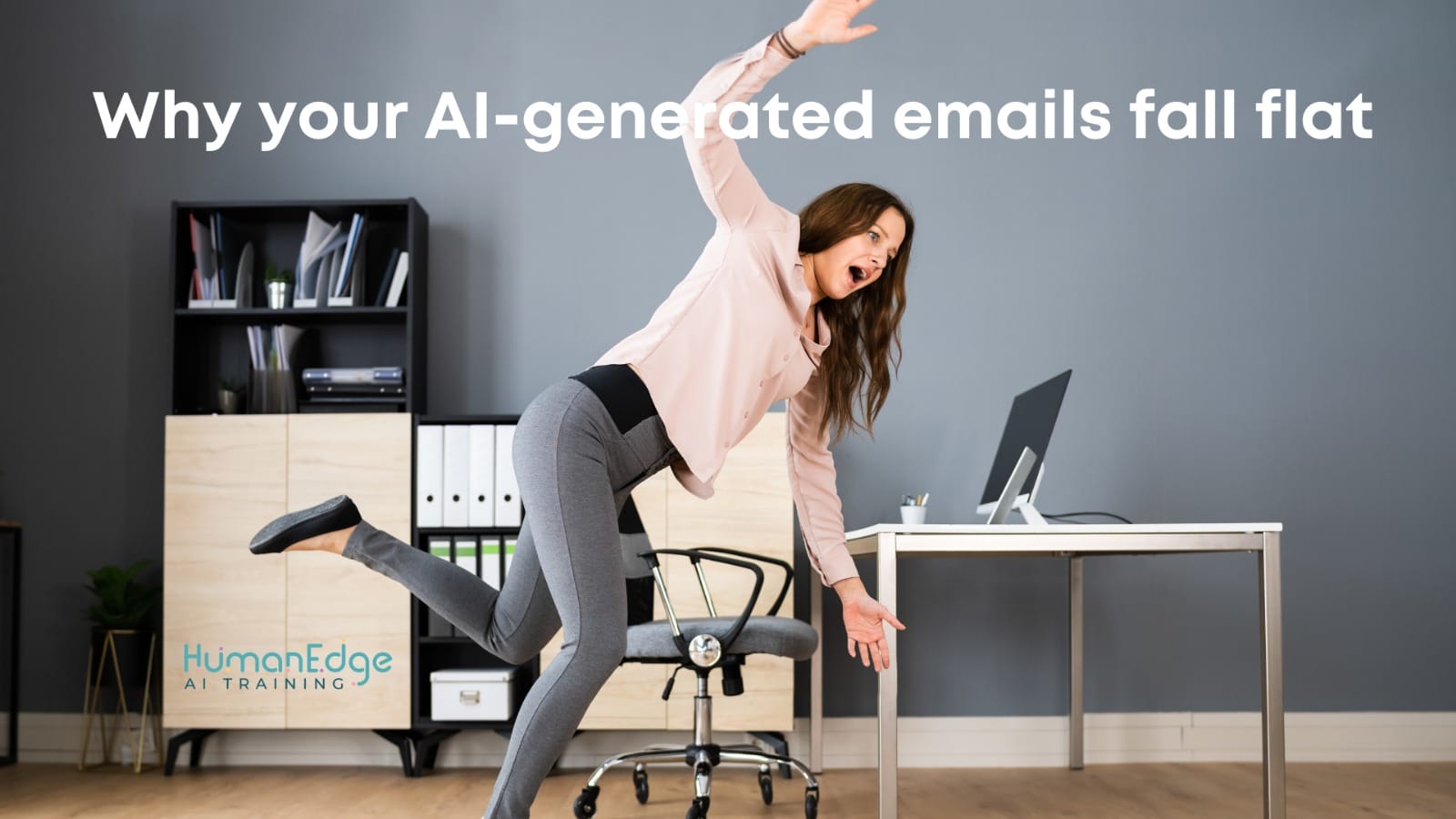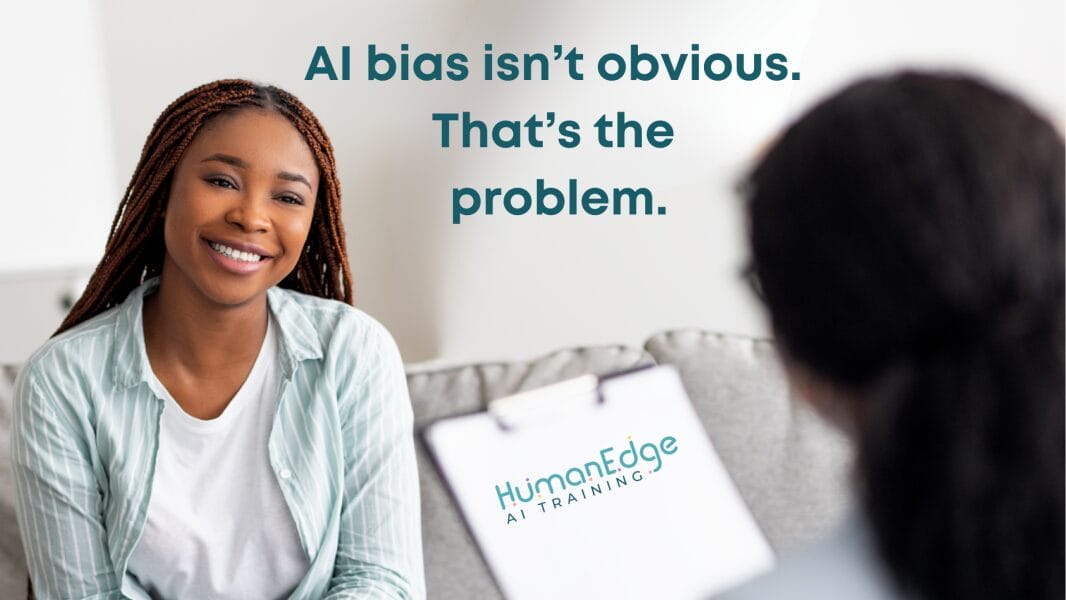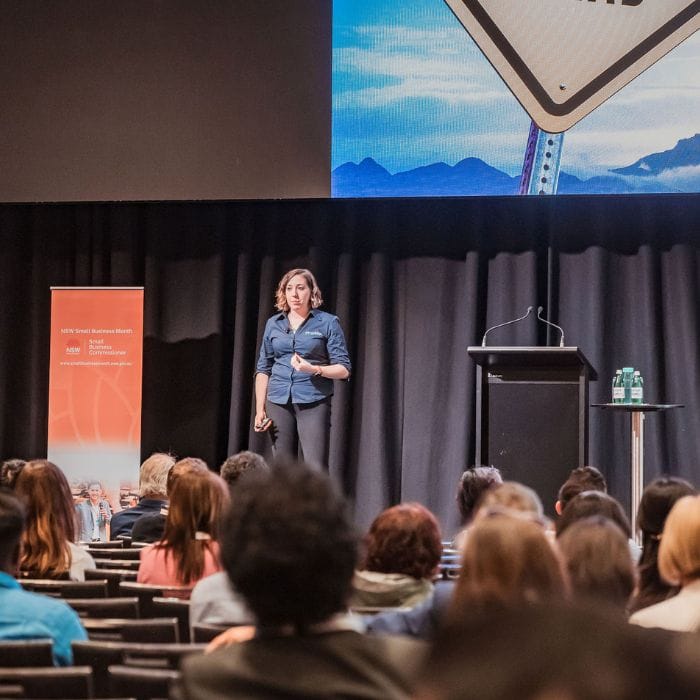If you’ve followed my AI journey, you’d be well-aware that I’m not exactly thrilled when leaders jump straight into GenAI tools, hoping for magically brilliant content.
But recently – especially while digging deep into book writing (Pre-orders for AI Human Fusion coming soon…Yes, there’s a shameless plug!) I realised this conversation isn’t just about a cranky human copywriter being annoyed by bland, robotic copy pumped out by untrained AI tools. It’s actually much bigger than that. The issue here is about addressing our global evolution as humans – both mentally and technologically – as AI becomes more and more ‘fused’ into our day-to-day life.
This week, I’m taking a moment to share my thoughts about where humans fit within the AI world – and how to treat AI like a partner, not a successor. I’ve added a sprinkle of ethical pondering too – because this is a vital piece of the puzzle.
Transparency matters – so why aren’t we getting any?
As AI increasingly fuses into our daily content, it’s becoming harder to distinguish what’s genuinely human-made from what’s robotically generated. For me – and plenty of others – this sparks serious concerns about trust. After all, if you can’t tell whether an article, report, image, or video was created by AI, how can you fully trust it?
I believe transparency is an ethical obligation in the AI-infused world. Clear labelling ensures accountability, reduces misinformation, and empowers people to confidently assess what they’re consuming. But too often AI-generated content slips through without disclosure, leaving us completely unaware of how much influence AI actually had.
I recently encountered a YouTube video about AI ethics, but within seconds I recognised the voices as AI-generated. Even though the creators disclosed their use of NotebookLM, the trust vanished instantly. Was the information reliable? Had anyone even checked it? I had no idea…
That’s exactly why I’m always upfront about AI’s role in my content. And you’ll see quirky disclaimers like ‘This article was produced as a collaboration between ChatGPT and my human brain’. Transparency shows honesty. It also sets the ethical standard for how humans and AI should collaborate effectively.
Accountability and integrity – Human jobs first, AI second
AI might run on data and algorithms, but humans always hold ultimate responsibility for the decisions it makes. Ethical AI means designing systems that function effectively while also operating fairly, transparently, and without causing harm. If an AI tool discriminates in hiring or spreads misinformation, you can’t blame the technology. Human leaders need to step in, fix the issues, and ensure AI supports rather than undermines employees and customers.
AI technology isn’t magical or omniscient. It needs continuous refinement as we discover oversights or identify new problems for it to solve. Humans have the unique ability to see beyond narrow tasks and identify improvements. Our role is to constantly test and redefine ‘complete’ to ensure AI functions properly.
Remember – strategy, empathy, and accountability will always be human roles. With a Human-First AI approach you need to focus on integrity, prioritising fairness over speed, accuracy over convenience, and trust over unchecked automation. It’s about using AI intentionally, always keeping humans firmly at the forefront of the decision-making process.
Enhancing human potential – not replacing it
The most powerful AI strategies don’t remove humans from the equation. They make humans better. AI is brilliant at speeding up processes, generating ideas, and handling repetitive tasks, but the real magic happens when it collaborates with human creativity, intuition, and expertise. That’s where businesses see the most value – not from fully outsourcing thinking, but from enhancing it.
Take content creation as an example. AI can draft an article in seconds, but without human oversight, it’s often generic, misaligned with brand voice, or missing the emotional depth that resonates with audiences. That’s why, in my own work, I don’t just use AI – I work with it. I refine, tweak, and inject my own strategic insights to ensure it aligns with my brand, my values, and most importantly, my audience.
This mindset extends beyond writing. Whether it’s marketing, customer service, or operations, AI should support human expertise, not replace it. If we lean into this human-first approach – where AI serves as a partner rather than a substitute – we’ll both drive innovation and create more meaningful, ethical, and high-quality outcomes.
As AI continues to evolve, the real challenge isn’t whether we can replace human thinking – it’s whether we should. The most successful businesses won’t be the ones blindly automating everything but those that strike the right balance between AI efficiency and human expertise.
By embracing AI as a collaborator rather than a replacement, we can work smarter without sacrificing creativity, ethics, or accountability. That’s the future I want to see – one where AI enhances what makes us uniquely human, rather than stripping it away.
For more of my musings or updates about my upcoming book, join the mailing list here.




